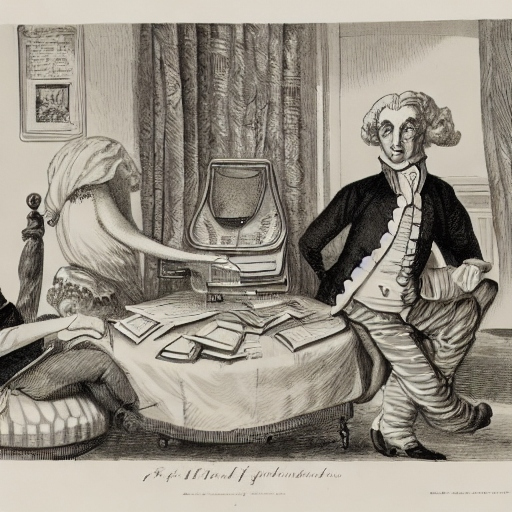The idea of giving children an allowance has been around for centuries, but it has evolved over time. In the past, children were often given small amounts of money in exchange for completing chores or errands. Today, allowance is often seen as a way to teach children about money management and financial responsibility.
There are different approaches to giving children an allowance, and there is no one-size-fits-all solution. Some parents give their children a set amount of money each week or month, while others tie the allowance to the completion of specific chores. Others choose not to give their children an allowance at all, instead using other methods to teach them about money management.
If you do decide to give your child an allowance, there are a few key things to consider:
- How much to give: The amount of allowance you give your child will depend on a variety of factors, including your family’s financial situation, your child’s age, and their responsibilities. Some experts recommend starting with a small amount, such as $1 per week for each year of your child’s age.
- When to give it: You can choose to give your child their allowance on a regular schedule, such as weekly or monthly, or you can give it to them as needed.
- What to use it for: Some parents give their children complete control over their allowance, while others set specific guidelines for how it should be used. For example, you might require your child to save a certain percentage for long-term goals, such as a college fund, and use the rest for spending money.
- How to teach financial responsibility: Giving your child an allowance can be an opportunity to teach them about financial responsibility. You can encourage them to save a portion of their allowance, and help them set financial goals, such as saving up for a toy or a trip. You can also use allowance as a way to teach your child about budgeting and money management, by having them track their spending and make decisions about how to use their money.
No matter how you choose to approach allowance, the most important thing is to communicate with your child and help them understand the value of money. By teaching them financial skills and responsibility, you can help them develop good money habits that will serve them well in the future.







